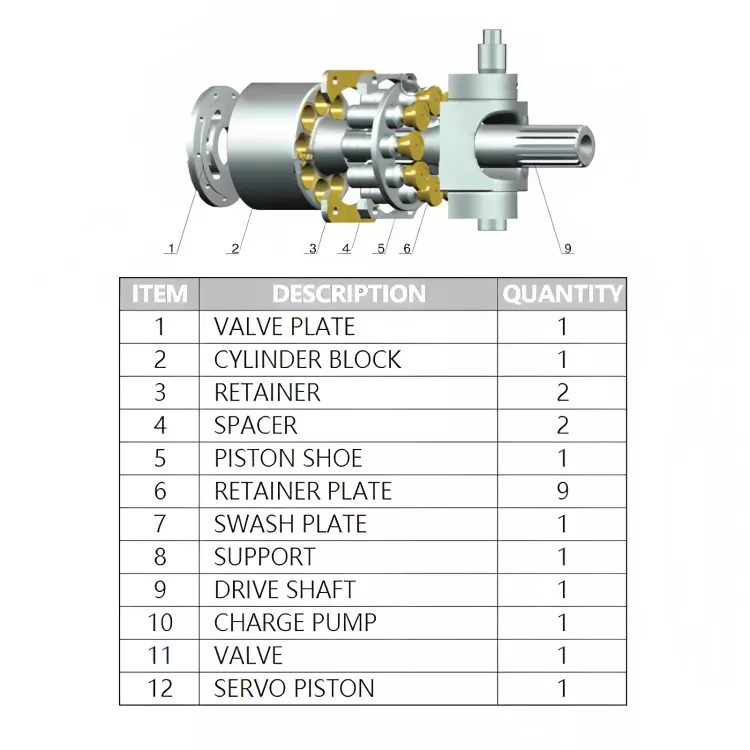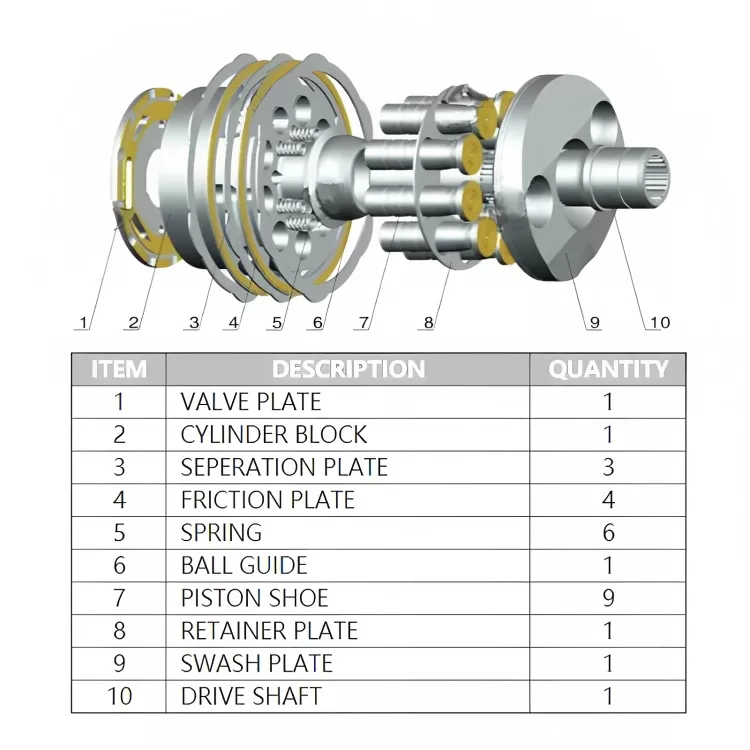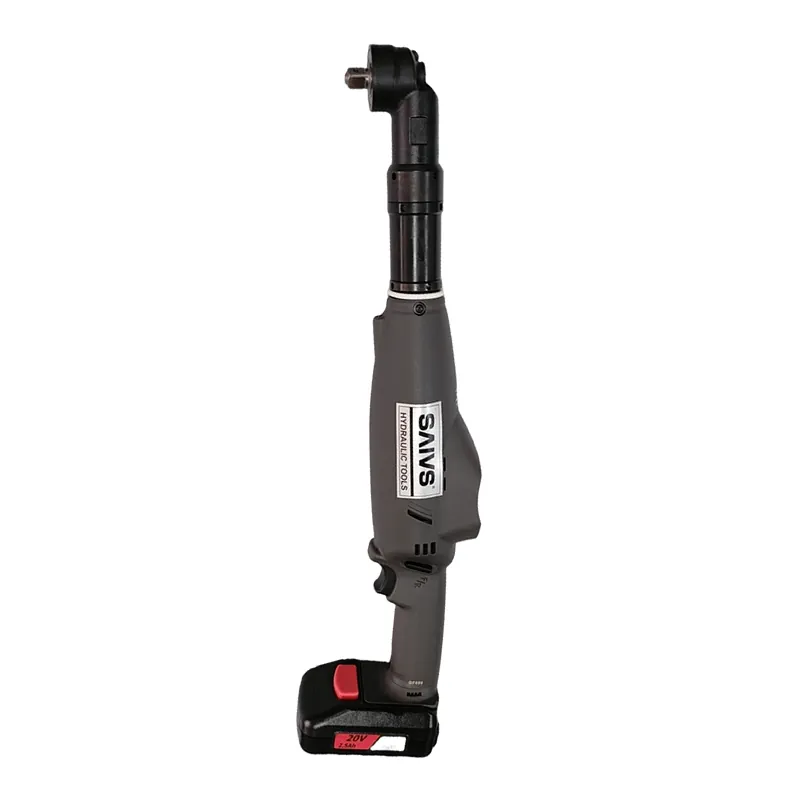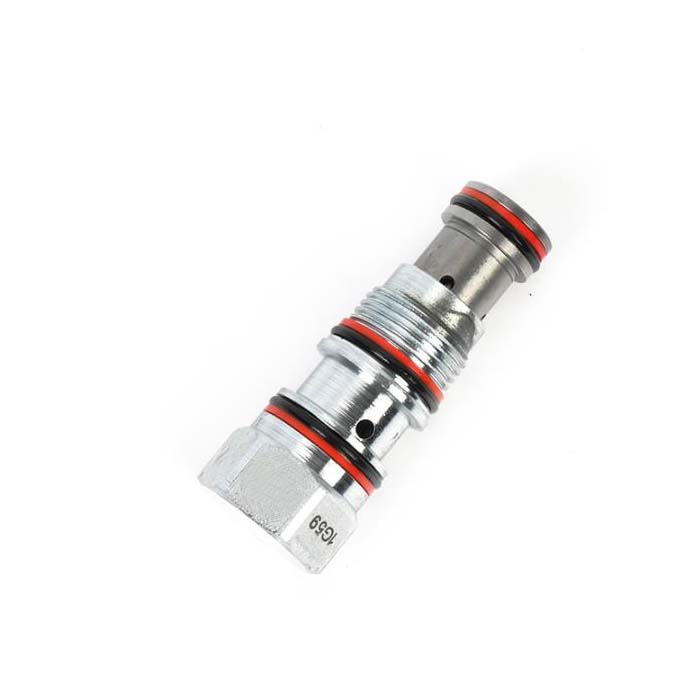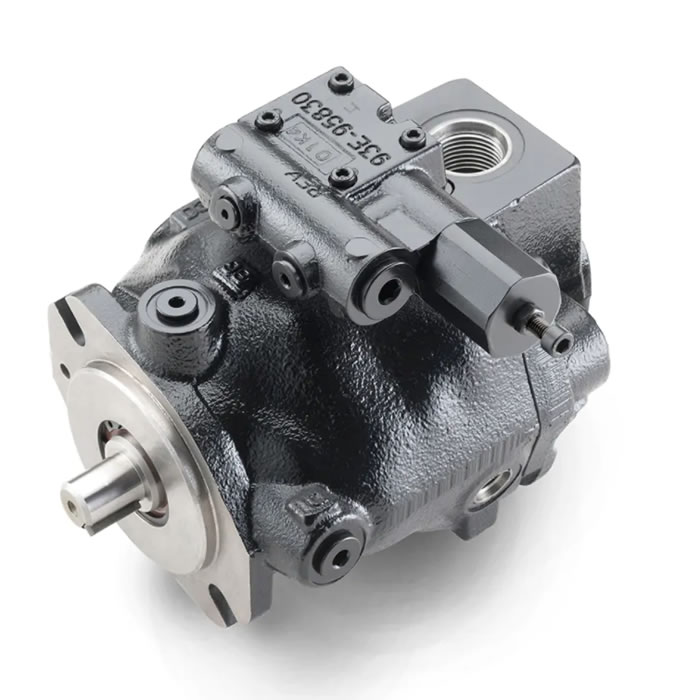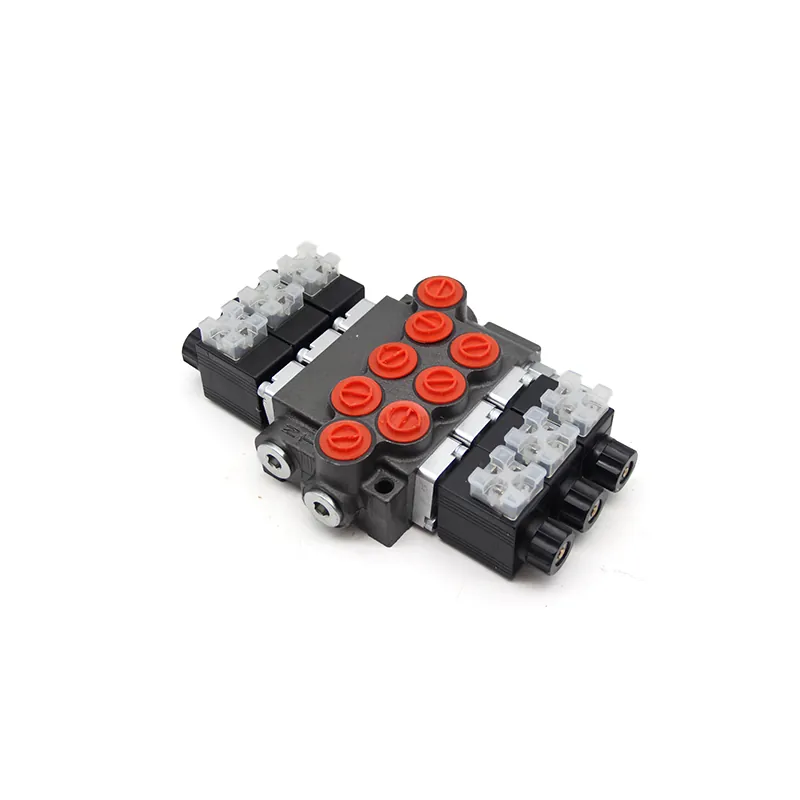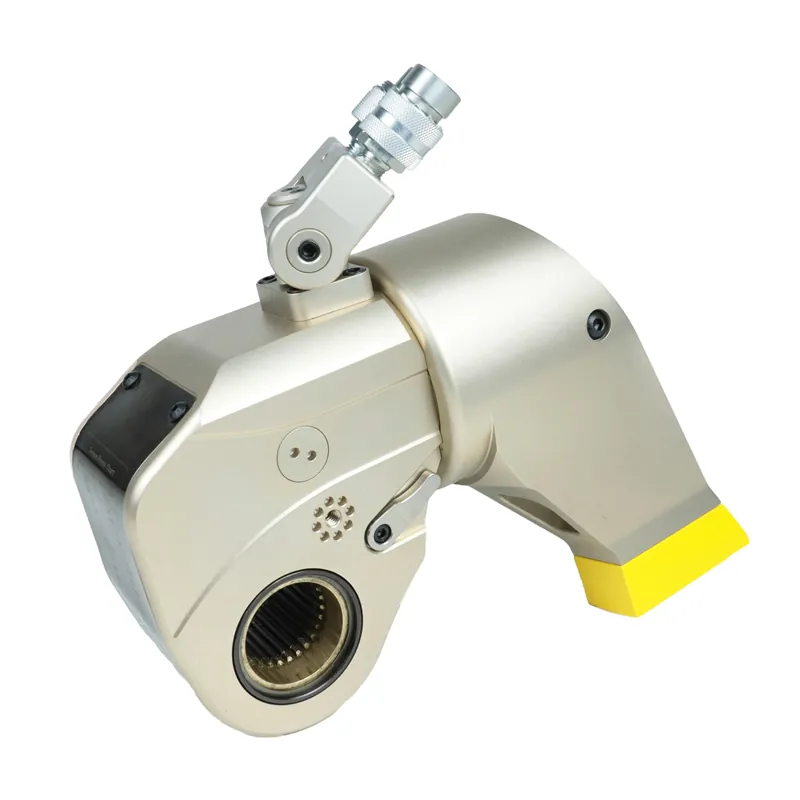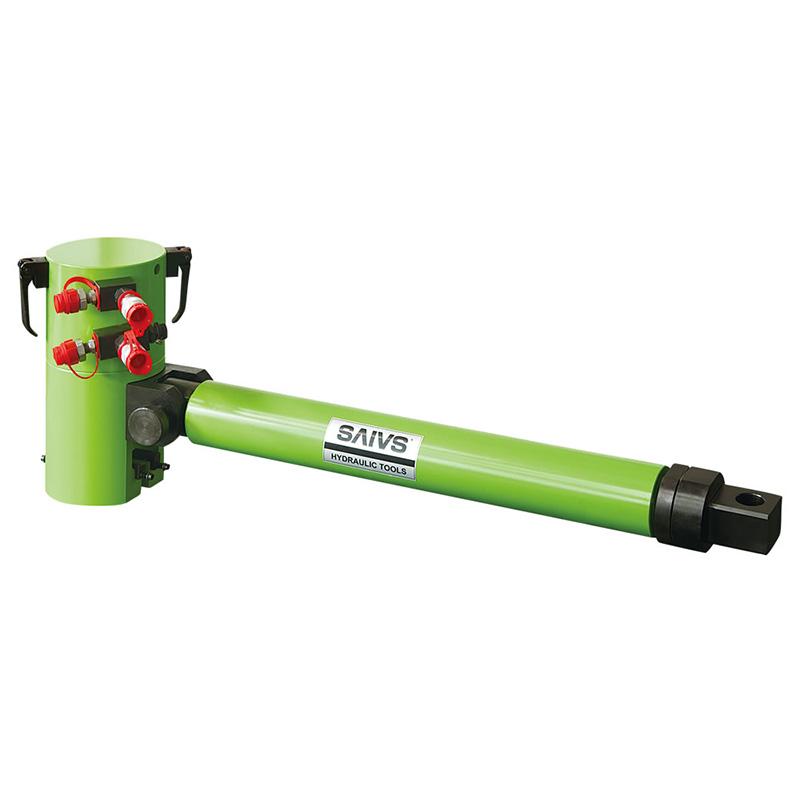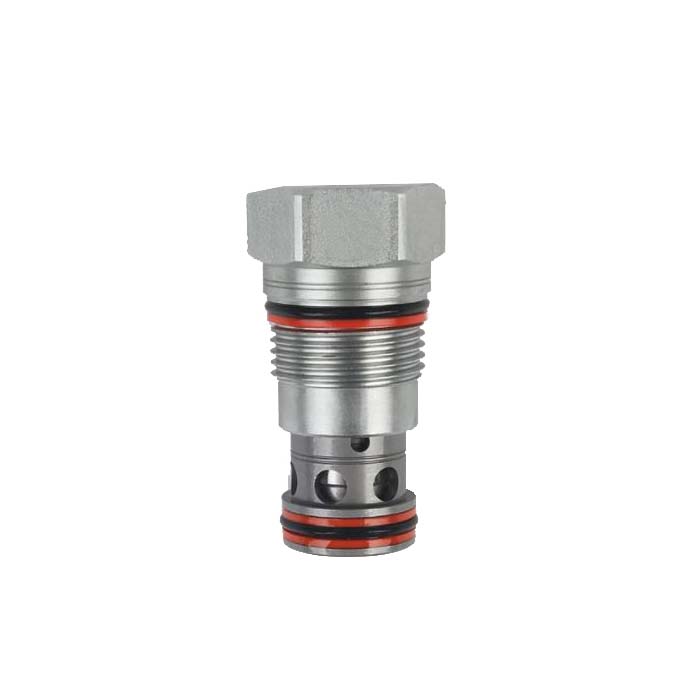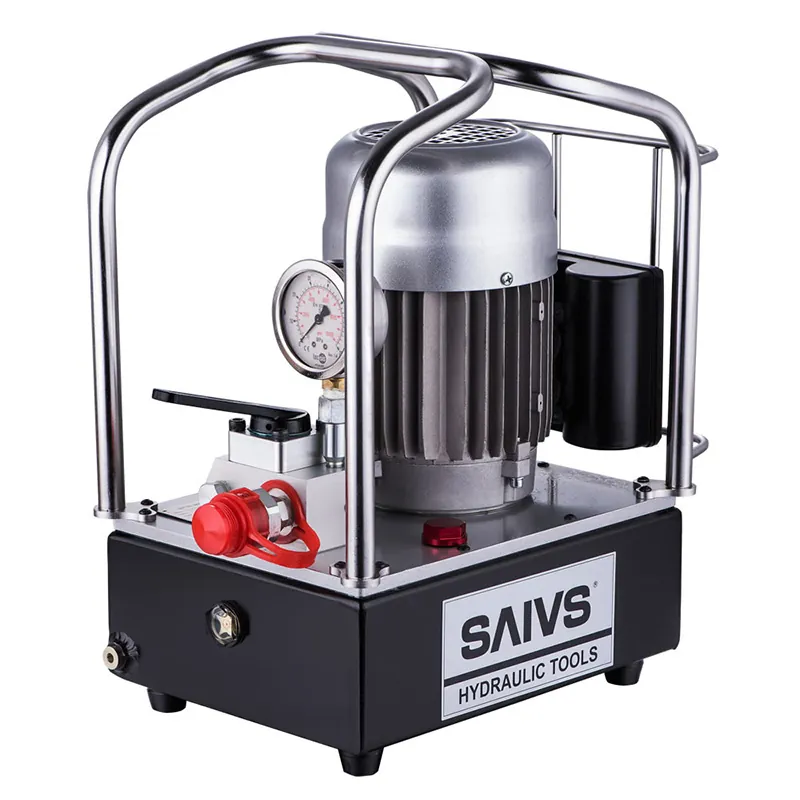Efficient and Safe Operation of Battery Torque Wrenches in Industrial Applications
Comprehensive Guide to Efficient and Safe Battery Torque Wrench Operation
Introduction:
Battery torque wrenches are revolutionizing industrial bolting operations with their portability, precision, and consistent power output.
From assembly lines to field maintenance in energy, mining, and heavy equipment industries, these tools enhance productivity while minimizing operator fatigue.
However, achieving the full benefits of a battery torque wrench depends on correct operation, preventive maintenance, and strict adherence to safety standards.
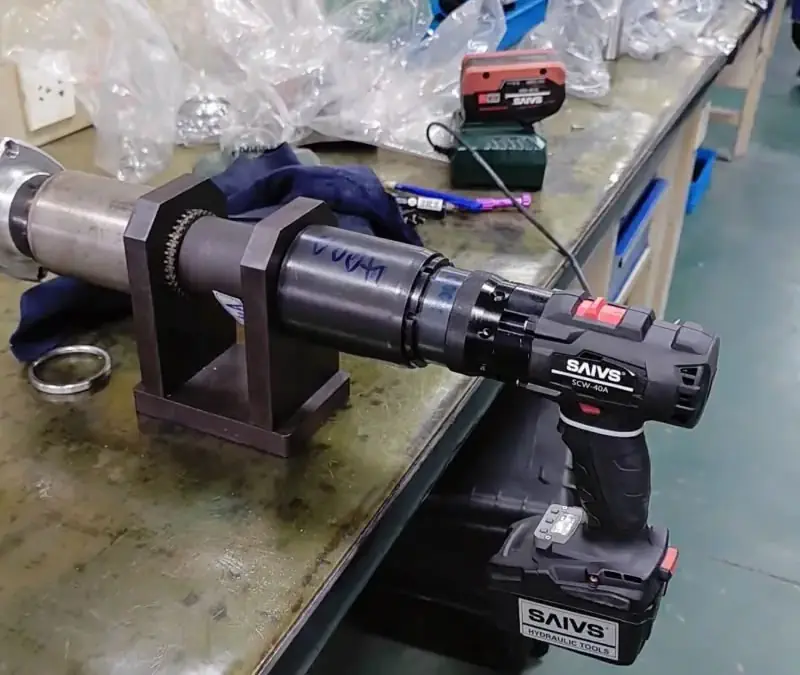
Importance of Correct Battery Torque Wrench Usage
Correct use of a battery torque wrench ensures fastening accuracy, structural integrity, and workplace safety.
When the correct torque value is applied, bolts and joints maintain their designed clamping force, preventing failures or leaks.
Over-tightening or under-tightening can lead to component damage, uneven stress distribution, and possible system breakdown.
Therefore, training operators and enforcing standard operating procedures is essential for quality control and long-term cost efficiency.
Essential Safety Guidelines for Operators
1. Wear Protective Equipment
Before starting any torqueing task, wear standard PPE such as gloves, safety glasses, and steel-toe boots.
Operators should also ensure secure footing and proper posture during use to avoid strain or accidental tool kickback.
2. Inspect Before Every Use
Check the wrench body, display, battery, and reaction arm for cracks or wear.
Ensure that the torque settings display correctly and that the tool’s calibration seal remains intact.
Replace worn sockets or accessories immediately—damaged parts compromise torque accuracy and operator safety.
3. Maintain a Stable Working Area
Clear the surrounding area of loose tools or cables.
Set the reaction arm against a firm and immovable point that can withstand the reverse torque.
Never rest the reaction arm on fragile or moving components.
Step-by-Step Guide to Proper Operation
Step 1: Choose the Correct Torque Range
Select a wrench model that covers your target torque requirement.
Ideally, work within 20–80% of the tool’s rated capacity for maximum precision and safety.
Step 2: Set and Verify Torque
Adjust the torque setting to match the specification provided by your engineering team or equipment manual.
Verify the setting twice before operation, especially in multi-bolt or critical load applications.
Step 3: Secure the Reaction Arm
Place the reaction arm against a fixed surface perpendicular to the tool body.
A stable reaction point prevents wrench rotation and ensures consistent torque delivery.
Step 4: Operate Smoothly
Engage the fastener with the correct socket and press the trigger gently to start tightening.
Avoid rapid starts or stops, and allow the tool to operate until it automatically stops at the set torque value.
Do not use the wrench in impact or hammering mode—it may damage internal sensors and affect calibration.
Maintenance Practices for Long-Term Accuracy
Daily Cleaning
After each use, wipe off dust, grease, or debris from the tool body and handle.
Avoid using harsh solvents or water directly on electronic parts.
Battery Care
Use only manufacturer-approved chargers and batteries.
Store batteries in a cool, dry location and avoid extreme heat or cold.
Replace aging batteries showing reduced runtime or physical swelling.
Lubrication and Storage
Lubricate moving joints as per the manual—particularly the ratchet and reaction arm pivots.
Store the tool inside its protective case to prevent accidental damage during transport.
Scheduled Calibration
Calibration is crucial for maintaining torque accuracy.
Schedule calibration at least once per year or after every 5,000 tightening cycles, whichever comes first.
SAIVS offers professional calibration and testing services to ensure consistent tool performance and compliance with industrial standards.
Common Mistakes to Avoid
To keep your battery torque wrench performing accurately and safely, avoid the following errors:
– Using the wrench as a breaker bar to loosen bolts.
– Exceeding the torque range or applying torque to moving joints.
– Ignoring battery charging cycles, leading to reduced tool efficiency.
– Submerging or exposing the tool to wet or oily environments.
Advantages of Using SAIVS Battery Torque Wrenches
SAIVS provides high-quality industrial-grade battery torque wrenches designed for reliability, precision, and durability.
Our wrenches are widely used in power generation, oil and gas, heavy equipment maintenance, and manufacturing sectors.
Each SAIVS torque tool undergoes strict quality inspection and calibration before delivery to ensure consistent torque output under field conditions.
Why Industrial Buyers Trust SAIVS
Procurement professionals and maintenance engineers choose SAIVS for several reasons:
– Proven reliability and accuracy in industrial environments.
– Comprehensive after-sales support, including spare parts and calibration services.
– Competitive pricing for large-volume orders and OEM partnerships.
– Expert technical guidance on torque tool selection and integration.
Conclusion
Battery torque wrenches are critical tools for achieving accurate and efficient bolting operations.
By following proper operating techniques and maintenance guidelines, operators can ensure both safety and productivity.
Partnering with SAIVS gives industrial clients access to advanced torque solutions backed by expert service and long-term reliability.
For customized torque wrench solutions, maintenance programs, or bulk purchases, contact Ningbo Saivs Machinery Co., Ltd. today.
About SAIVS: SAIVS specializes in manufacturing and supplying high-performance torque and tension equipment worldwide, offering reliable solutions for industrial bolting challenges.

